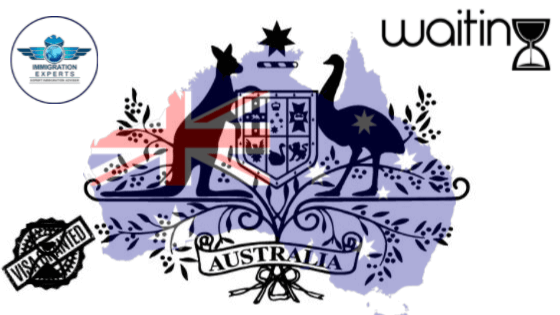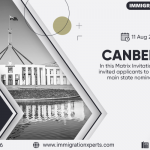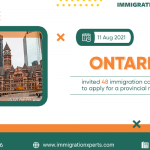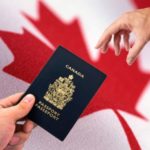Number of people waiting for a visa has increased exponentially.
In Australia, the number of people waiting for a visa decision has increased to a size equivalent to that of the Hobart population. Key points:- The number of people holding a transitional visa in Australia has more than doubled in the last five years
- Experts question what impact this new influx of workers has on the labor market
- Migrants seem to take advantage of delays to stay longer in Australia






